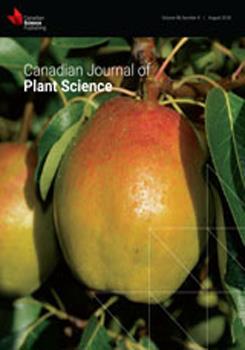Multi-environment trials are conducted to evaluate the performance of cultivars. In a combined analysis, the mixed model is superior to an analysis of variance for evaluating and comparing cultivars and dealing with an unbalanced data structure. This study seeks to identify the optimal models using the Saskatchewan Variety Performance Group post-registration regional trial data for flax. Yield data were collected for 15 entries in post-registration tests conducted in Saskatchewan from 2007 to 2016 (except 2011) and 16 mixed models with homogeneous or heterogeneous residual errors were compared. A compound symmetry model with heterogeneous residual error (CSR) had the best fit, with a normal distribution of residuals and a mean of zero fitted to the trial data for each year. The compound symmetry model with homogeneous residual error (CS) and a model extending the CSR to higher dimensions (DIAGR) were the next best models in most cases. Five hundred random samples from a two-stage sampling method were produced to determine the optimal models suitable for various environments. The CSR model was superior to other models for 396 out of 500 samples (79.2%). The top three models, CSR, CS, and DIAGR, had higher statistical power and could be used to access the yield stability of the new flax cultivars. Optimal mixed models are recommended for future data analysis of new flax cultivars in regional tests.
How to translate text using browser tools
19 March 2018
Optimal models in the yield analysis of new flax cultivars
Gaofeng Jia,
Helen M. Booker
Akaike Information Criterion
flax (Linum usitatissimum L.)
multi-environment tests
residual error
variance-covariance structure





